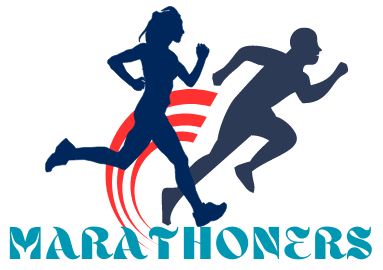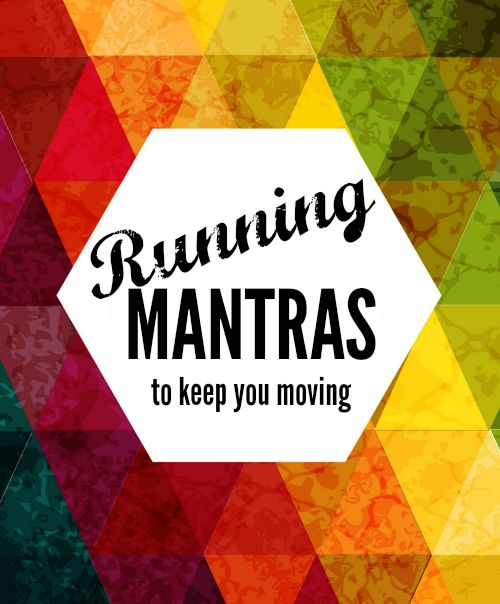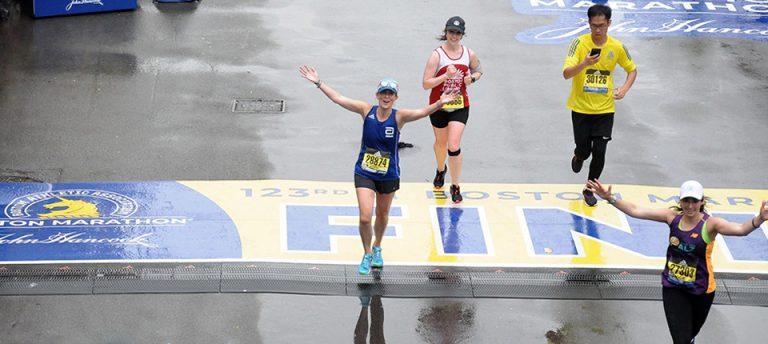Running with the Kenyans: Book Summary
Running with the Kenyans by Adharanand Finn explores why Kenya dominates long-distance running. The author moves to Kenya, trains with elite runners, and uncovers the secrets behind their success. This book blends travel, memoir, and sports journalism to reveal how culture, training, and mindset create the world’s fastest runners.
Who May Benefit from the Book
- Aspiring runners seeking inspiration from elite athletes.
- Coaches looking for unconventional training insights.
- Sports enthusiasts curious about Kenyan running culture.
- Travel memoir readers who enjoy immersive storytelling.
- Anyone interested in the psychology of peak performance.
Top 3 Key Insights
- No single secret—Kenyan success comes from culture, diet, altitude, and mindset.
- Barefoot running builds natural form and reduces injuries.
- Training is simple—high effort, group motivation, and ample rest matter most.
4 More Lessons and Takeaways
- Diet plays a key role—Kenyans eat low-fat, high-carb meals like ugali (maize porridge).
- Running is an escape—many athletes use it to break free from poverty.
- Mental toughness comes from hardship, discipline, and cultural expectations.
- Role models inspire—successful runners motivate the next generation.
The Book in 1 Sentence
A journalist trains with Kenya’s elite runners to uncover the blend of culture, diet, and mindset that makes them the fastest in the world.
The Book Summary in 1 Minute
Adharanand Finn moves to Kenya to understand why its runners dominate marathons. He trains with them, eats their food, and adopts their lifestyle. He discovers that success comes from barefoot running, high-altitude training, simple diets, and a culture that reveres running. Finn also learns that mental strength, not just genetics, drives their achievements. His journey shows that greatness is built through discipline, community, and relentless effort.
The Book Summary in 7 Minutes
Why Kenya Dominates Running
Kenya produces the world’s best runners, especially from the Rift Valley. Finn finds no single reason but a mix of factors:
- High-altitude training boosts oxygen efficiency.
- Active childhoods—many run miles to school daily.
- Barefoot running strengthens feet and improves form.
- Simple diets with ugali, vegetables, and little processed food.
- Cultural belief that running is a path out of poverty.
The Power of Barefoot Running
Most Kenyans grow up running barefoot, which:
- Strengthens foot muscles.
- Encourages a natural forefoot strike.
- Reduces injuries compared to heavy shoes.
Finn tries it and improves his form, though he struggles at first.
Kenyan Training: Simple but Effective
Unlike Western runners who overanalyze data, Kenyans focus on:
- Group runs—motivation comes from training together.
- Listening to their bodies—no strict pace tracking.
- Resting properly—some sleep 16 hours a day during training.
Finn notes their relaxed yet disciplined approach leads to better endurance.
Diet and Altitude: Natural Advantages
Kenyan runners benefit from:
- High-carb, low-fat diets—mostly plant-based and unprocessed.
- Living at altitude—increases red blood cell production.
Finn adapts to their eating habits and feels his stamina improve.
Running as a Way of Life
In Kenya, running is more than a sport—it’s a cultural identity.
- Children run to school, building endurance early.
- Winning races means financial security.
- Communities support runners, creating a cycle of success.
Mental Toughness: The Hunger to Succeed
Kenyans endure pain better because:
- Many come from tough backgrounds.
- Running is their only way to a better life.
- They embrace suffering as part of success.
Finn realizes mindset, not just talent, separates champions.
Role Models and Running Camps
Successful runners inspire others. Training camps provide:
- Structured coaching.
- Competition among peers.
- A path to professional racing.
Finn visits camps and sees how they nurture future champions.
Genetics vs. Environment
Some claim Kenyans have a “running gene,” but Finn disagrees:
- No scientific proof supports genetic superiority.
- Success comes from culture, training, and motivation.
- Anyone can adopt Kenyan methods with discipline.
Finn’s Personal Transformation
By training like a Kenyan, Finn:
- Improves his endurance and speed.
- Learns to embrace discomfort.
- Gains deep respect for their running culture.
His journey proves that mindset and environment shape greatness.
About the Author
Adharanand Finn is a British journalist and runner. He wrote for The Guardian and won awards for Running with the Kenyans. A former junior cross-country athlete, he combines personal experience with investigative journalism to explore running cultures worldwide.
How to Get the Best of the Book
Read with an open mind. Take notes on training methods and mindset shifts. Try applying Kenyan principles—like barefoot drills or group runs—to your routine.
Conclusion
Running with the Kenyans reveals that greatness isn’t about genes but grit, culture, and smart training. Finn’s journey inspires runners to rethink their approach and embrace the Kenyan way.




